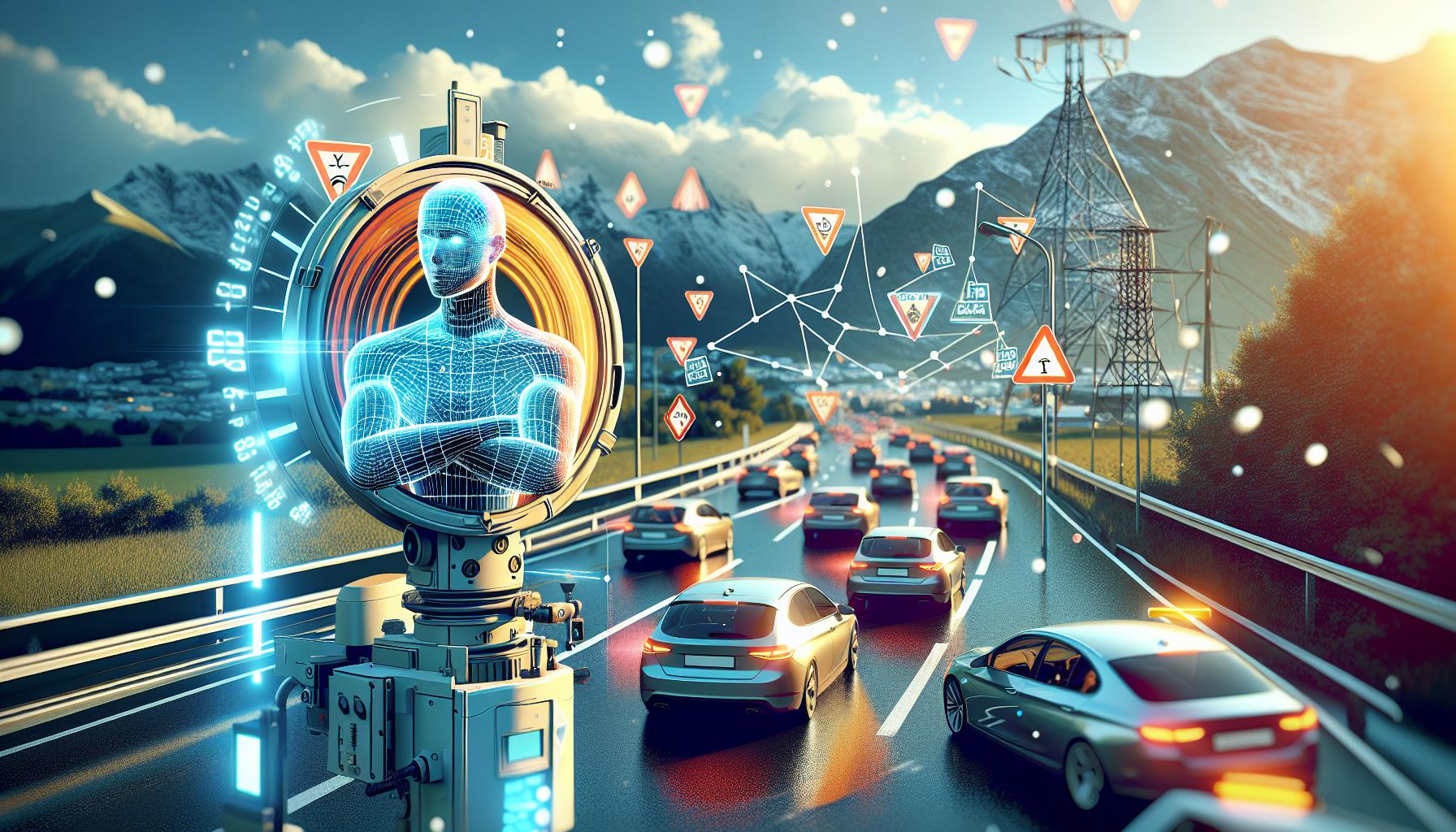Introduction to AI-Enhanced Radar Devices
France is stepping up its battle against traffic violations by integrating artificial intelligence (AI) into its radar devices. Starting next year, these radar traps will be upgraded with AI technology, enabling them to detect a wider range of offenses beyond just speeding. This technological advancement will allow for the automatic identification of drivers who fail to maintain minimum distances, neglect to wear seat belts, or use their phones while driving.
The implementation of AI in traffic enforcement is part of the French government’s budget planning, driven by a series of severe accidents that have highlighted the need for more stringent measures. The upgrade, maintenance, and repair of these AI-enhanced systems are projected to cost France approximately 46 million euros. However, the exact timeline for the deployment of these new devices remains uncertain.
Functionality and Impact of AI Radar Systems
AI radar systems function by capturing images and utilizing AI and image processing software to recognize and penalize violations. According to “Blue News,” these AI radar systems can detect not only speeding but also violations such as insufficient distance between vehicles, failure to wear seat belts, and distractions caused by mobile phone usage. This technological advancement aims to enhance road safety by addressing a broader spectrum of traffic violations.
Willi Wismer from the Roadcross Foundation suggests that the presence of AI radar systems could have a preventive effect, particularly in reducing mobile phone usage while driving. Although certain regulations, like seat belt mandates, are already well-observed, the introduction of AI could further discourage risky behaviors and reduce accident rates. Ultimately, it will be up to law enforcement to assess how these AI systems influence driving behavior.
Public Reaction and Potential Implementation in Switzerland
The introduction of AI-enhanced radar devices in France has sparked mixed reactions. In Switzerland, left-wing parties have shown sympathy towards these “metal police officers,” while more conservative groups view them as a mere money-making scheme. Despite the controversy, the potential benefits for traffic safety are undeniable.
Currently, Switzerland does not utilize AI-based radar systems. However, given that distractions while driving are a leading cause of accidents in the country, the Swiss Federal Roads Office (ASTRA) sees potential in adopting such technology to improve traffic safety. The Swiss Federal Council has commissioned a study to explore the possibilities of implementing AI radar systems, indicating a growing interest in this technology.
Conclusion and Summary
As France prepares to deploy AI-enhanced radar devices, the move signifies a significant shift in traffic law enforcement. By leveraging AI technology, France aims to address a broader range of traffic violations, potentially leading to safer roads and fewer accidents. While the implementation of such systems is met with mixed reactions, the potential benefits for road safety cannot be overlooked.
In summary, the integration of AI in traffic enforcement represents a promising development in road safety. As countries like Switzerland consider similar measures, the global landscape of traffic law enforcement may soon witness a transformative change.
- France is upgrading radar devices with AI to detect a wider range of traffic violations.
- The initiative is part of the French government’s budget planning, costing around 46 million euros.
- AI radar systems can identify offenses like speeding, insufficient distance, and mobile phone usage.
- The technology aims to enhance road safety and reduce accident rates.
- Switzerland is exploring the potential of AI radar systems to improve traffic safety.
